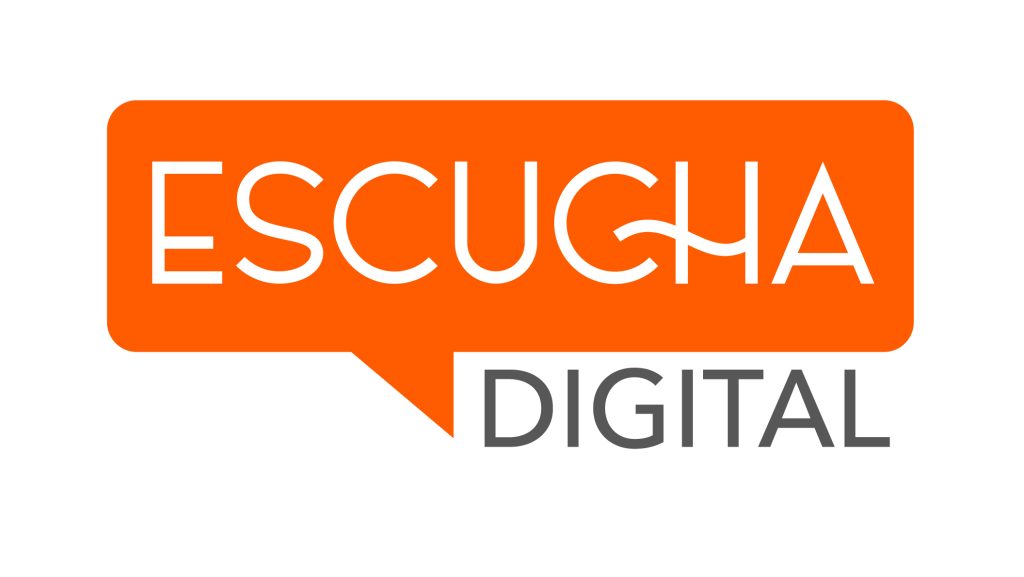Agile is a collaborative, continuous methodology that contrasts sharply with the Waterfall Model. Breaking the project up into smaller portions encourages adaptability and flexibility. Agile strategies such as Scrum and Kanban enable fast supply of useful software program, high change tolerance, and ongoing customer involvement. However, it is much less acceptable for initiatives with strict regulatory requirements as a result of want for more thorough documentation and fixed communication and collaboration.
The objective of the SDLC process is to provide a framework for controlling the software program growth process and making certain all project necessities are met. The typical phases of the system improvement life cycle are planning and feasibility, requirements evaluation, design and prototyping, software program development, system testing, implementation, and upkeep. The V-Model emphasizes the value of verification and validation all through the SDLC by extending the waterfall mannequin by matching each growth part with a corresponding testing section. This systematic approach incorporates testing into every step, resulting in a more reliable ultimate product. However, the V-Model’s inflexible structure might make it more durable to regulate to changes, and its emphasis on testing would possibly make the entire improvement process take longer.

The levels embody Planning, Analysis, Design, Development, Implementation, and Maintenance. Each stage contributes to the successful completion of the system, with System Design serving as a crucial component. The System Development Life Cycle (SDLC) provides a well-structured framework that provides an thought, of the means to build a system.
This high-level description is then broken down into the components and modules which may be analyzed, designed, and constructed individually and built-in to accomplish the enterprise objective. SDLC and SAD are cornerstones of full life cycle product and system planning. The system development life cycle (SDLC) is a fancy project management model that encompasses system or software creation from its initial thought to its finalized deployment and upkeep. At its core, the planning course of helps establish how a selected downside may be solved with a certain software solution.
It lacks the thorough requirements definition stage of the opposite methods. An extension of the waterfall model, this SDLC methodology exams at each stage of growth. The System Development Life Cycle encompasses a sequence of interconnected phases that guarantee a scientific method to system growth.
The Agile model first emerged in 2001 and has since become the de facto trade normal. Some companies worth the Agile methodology so much that they apply it to other forms of projects, together with nontech initiatives. There’s no shortage of processes, frameworks, and philosophies when it comes to project management, but they ultimately fall into one… In different https://www.globalcloudteam.com/ words, an agile group can efficiently adapt the SDLC framework to its development mannequin. The builders will need to be prepared to address requests for enhancements, bug fixes, and new options. These requests will come from many sources—sales, executives, customers—but the product administration team will determine which of those initiatives make it onto the product roadmap for developers to work on.
V-model (verification And Validation Model)
The most flexible of the SDLC fashions, the spiral model is much like the iterative model in its emphasis on repetition. The spiral model goes via the planning, design, build and check phases again and again, with gradual improvements at every cross. DevSecOps, an extension of DevOps, is a technique that emphasizes the mixing of safety assessments throughout the complete SDLC. It ensures that the software program is safe from initial design to final delivery and can withstand any potential risk. Developers are now responsible for increasingly more steps of the complete improvement course of. Both are integral to profitable system development, with the latter taking half in a vital function in translating high-level requirements into actionable design parts.

During this phase, the group may also focus on the alternatives and dangers of pursuing the project. This is why Software Testing Help refers to this phase as each necessities gathering and analysis. Over time, variations of the framework have been adopted for the development of hardware and software expertise products and different complicated tasks. Conversely, Agile is a popular strategy for organizations that wish to create a continuous supply setting. It’s centered around iterative growth, short improvement cycles, gathering feedback and adapting to new necessities.
The Bottom Line: Profitable Software Program Improvement Starts With The Sdlc
Understanding the customer’s ache points to consolidate, manage and harvest with essentially the most satisfactory outcomes is what brings the project to success. The three most typical artifacts that product teams use are wireframes, mockups, and prototypes. Red Teaming – Ensure your network, physical, and social attack surfaces are secure.
Theoretically, this model helps teams to handle small points as they arise quite than lacking them until later, more advanced phases of a project. It’s advantageous for giant initiatives since development teams can create very customized merchandise and incorporate any received feedback relatively early in the life cycle. Depending on the skill of the developers, the complexity of the software, and the necessities for the end-user, testing can either be a particularly quick section or take a very very long time. Take a look at our high 10 best practices for software program testing projects for more data. The development stage is the part the place builders truly write code and construct the applying according to the sooner design paperwork and outlined specifications.
Management Abilities
Developers create a version in a brief time and for comparatively little cost, then take a look at and improve it through rapid and successive variations. One massive disadvantage here sdlc system development life cycle is that it may possibly eat up resources fast if left unchecked. SDLC can be utilized to develop or engineer software program, systems, and even info systems.
- The evaluation stage includes gathering all the particular details required for a new system as properly as figuring out the first concepts for prototypes.
- The spiral model goes through the planning, design, construct and check phases over and over, with gradual enhancements at every cross.
- The System Development Life Cycle is a structured process or framework used to guide the event of an info system.
- This makes it possible for builders to seek out and repair flaws on the most cost-efficient level within the development process and deliver more secure software, faster.
- In the analysis phase, the major focus shifts to understanding consumer needs and system requirements.
The information system might be built-in into its setting and ultimately installed. After passing this stage, the software is theoretically prepared for market and could also be provided to any end-users. Once full, development managers will prepare a design doc to be referenced all through the following phases of the SDLC. In systems design, functions and operations are described in detail, including display screen layouts, enterprise rules, process diagrams, and other documentation.
This step includes decomposing the system into pieces, analyzing project targets, breaking down what needs to be created, and engaging customers to outline requirements. During this stage of the system lifecycle, subsystems that perform the desired system functions are designed and specified in compliance with the system specification. Relevant questions include whether the newly applied system meets necessities and achieves project goals, whether the system is usable, reliable/available, properly scaled and fault-tolerant.
Thorough testing contributes to a sturdy and reliable design, gaining user acceptance and paving the means in which for profitable implementation. However, the software improvement lifecycle mannequin additionally has potential downsides. These drawbacks can notably have an effect on agile and lean growth organizations, but their risks are related to any software firm using the SDLC framework. The software improvement lifecycle gives organizations a systematic, step-by-step strategy to developing successful software from gathering the preliminary necessities for a new product. We’ll educate you how to employ SDLC by sustaining a mature product in the marketplace.
This approach produces ongoing launch cycles, each featuring small, incremental adjustments from the earlier launch. The first part of the SDLC usually begins by gathering and analyzing the necessities for the event project. Once the project necessities have been clearly outlined and deliberate, the SDLC proceeds to the design phase and improvement phases, during which the software program is architected and constructed. In the next section, the software program enters the testing section to make sure it’s error free and works as expected before being deployed to customers. The ultimate stage of the SDLC is ongoing monitoring and maintenance to find and resolve any bugs that slipped through the cracks. The software development lifecycle, or SDLC, is a scientific course of for constructing software program.
By creating an efficient outline for the upcoming improvement cycle, they’ll theoretically catch problems before they affect improvement. It helps to define the issue and scope of any current methods, as properly as determine the objectives for his or her new systems. While it’s usually too expensive for the delivery of large initiatives, this SDLC methodology completely works for small or experimental initiatives. As a rule, these options help to finalize the SRS document in addition to create the primary prototype of the software program to get the overall idea of the method it should seem like. Stephen holds a level in Philosophy from Auburn University and is an MSIS candidate at UC Denver. He contributes to a big selection of publications including CIO.com, Search Engine Journal, ITSM.Tools, IT Chronicles, DZone, and CompTIA.
System Development Vs Software Growth
Software is the most-attacked a part of the security perimeter, and greater than half of all profitable security breaches begin with an attack on an utility. Iteration permits quicker development of techniques by shifting forward with improvement with out requiring full specs upfront. Additional specs can be launched as the development process is repeated, producing new variations of the system at the finish of each iteration. The SDLC is a framework for successfully developing modern software program purposes, whereas Agile is a selected growth methodology within that framework. In this guide, we’ll take a glance at the totally different levels of the SDLC, why it’s important, and how it’s used by organizations. We’ll additionally clarify some greatest practices that can help you get the most from your SDLC efforts.
